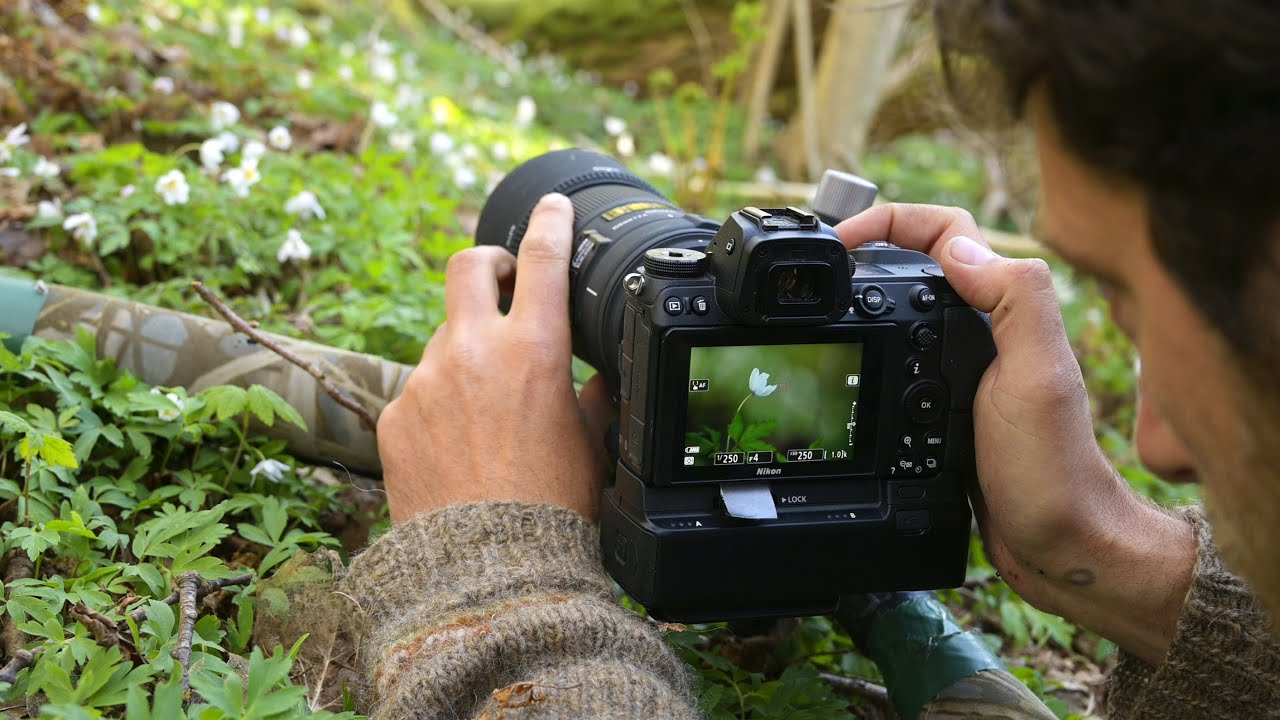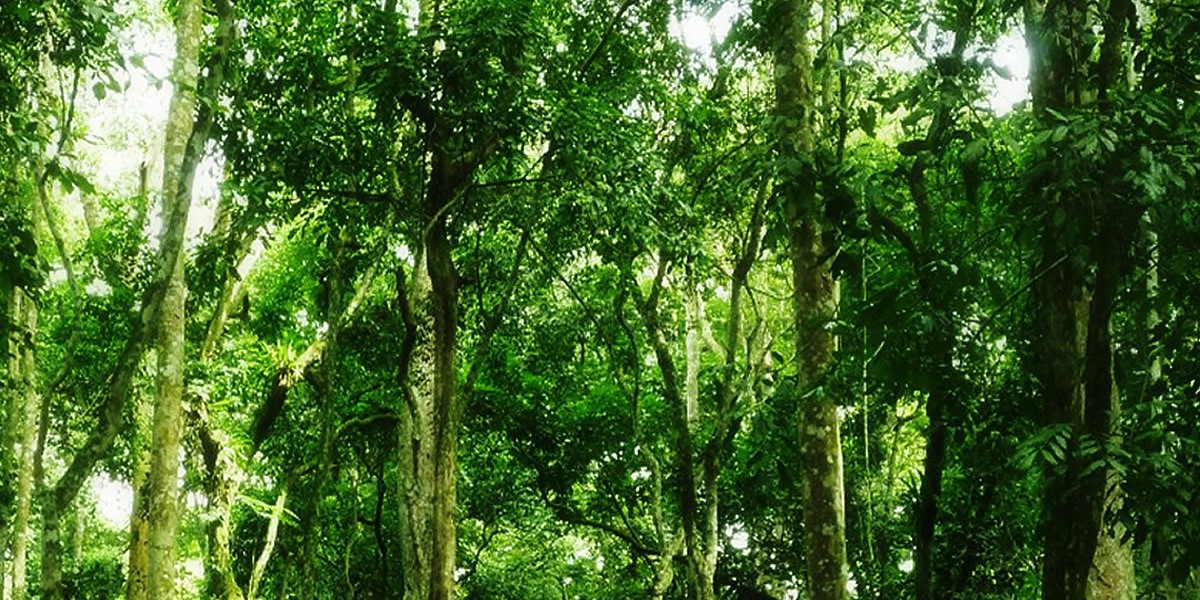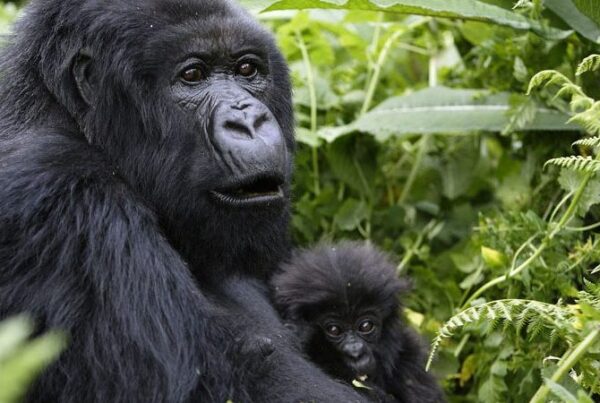How to Wildlife Photography Tips in Mabira Forest — Top Restaurants for Honeymooners
Capturing Moments Where Love Meets Nature
In Uganda, where verdant landscapes stretch as far as the eye can see and wildlife thrives in near-pristine habitats, there exists a destination that combines romantic seclusion with unparalleled photographic opportunities. Mabira Forest, an expansive tropical rainforest located near the bustling city of Kampala, offers honeymooners a unique blend of adventure, intimacy, and creativity. Here, the subtle rustle of leaves, the sudden flight of a bird, and the glimmer of sunlight through the canopy provide endless opportunities to capture the natural world in motion.
For couples celebrating love, Mabira Forest provides more than a backdrop—it is an environment that encourages shared discovery and collaboration. Wildlife photography becomes a joint endeavor, where both partners can learn, experiment, and immortalize moments together. Complementing this natural allure, the region hosts a selection of top restaurants that cater to honeymooners seeking culinary excellence, romantic settings, and local flavors. The combination of forest adventure and fine dining ensures a holiday experience that nourishes both spirit and senses.
This article presents a comprehensive guide to wildlife photography in Mabira Forest, enriched with tips for capturing wildlife effectively, and seamlessly integrates a curated overview of top restaurants for honeymooners. It is designed to inspire couples to embrace both adventure and intimacy in one transformative journey.
Understanding Mabira Forest: Uganda’s Tropical Gem
Mabira Forest, spanning approximately 300 square kilometers, is one of Uganda’s largest remaining tropical rainforests. Its dense canopy, riverine corridors, and network of trails create a rich ecosystem that supports over 300 bird species, 97 butterfly species, and a diverse array of primates. The forest’s biodiversity provides a photographer’s paradise, offering the opportunity to capture everything from delicate sunbirds to elusive monkeys, dramatic tree ferns, and the intricate patterns of forest flora.
The forest is also home to several endangered species, including African Grey Parrots, crowned cranes, and forest duikers, which can be observed with patience and guidance. This makes Mabira not only a location for aesthetic photography but also an educational experience, where couples can learn to recognize species behavior, habitat interactions, and the subtle rhythms of a tropical ecosystem.
For honeymooners, Mabira’s proximity to Kampala allows for a convenient escape from urban life, while its seclusion ensures moments of privacy and reflection. Lodges and eco-camps located at the forest’s periphery provide intimate accommodations, often with panoramic views, cozy terraces, and tailored guiding services, enhancing both photographic and romantic experiences.
Wildlife Photography Tips: Maximizing Mabira’s Potential
Choosing the Right Equipment
For successful wildlife photography in Mabira Forest, understanding the environment and selecting appropriate gear is essential. Telephoto lenses, ranging from 200mm to 600mm, allow couples to capture elusive birds and mammals without disturbing their natural behavior. Tripods or monopods provide stability during low-light forest conditions, while lightweight cameras facilitate longer treks along forest trails.
Honeymooners are encouraged to consider dual setups—one partner capturing wide-angle landscape shots and the other focusing on detailed wildlife portraits. This not only diversifies the photographic collection but also creates a collaborative dynamic that enhances shared learning and enjoyment.
Timing and Light Considerations
Early mornings and late afternoons provide the most favorable lighting for photography. During these hours, the forest awakens with activity, animals are more visible, and sunlight filters through the canopy at angles that create depth and contrast in images. Midday, while less ideal for lighting, offers opportunities to photograph insects, flowers, and macro-level details that highlight the forest’s intricate textures.
Couples are advised to plan multiple short treks rather than a single long expedition, ensuring that energy levels remain high and photography remains effective. Patience is key, as forest wildlife often requires extended observation before the perfect shot can be captured.
Approaching Wildlife Responsibly
In Mabira Forest, maintaining a safe and ethical distance from wildlife is essential, both for safety and for the integrity of photographs. Guides often instruct couples on quiet movement, camouflage clothing, and non-intrusive positioning, allowing animals to behave naturally. This results in photographs that are both authentic and compelling, showcasing wildlife in their natural context.
Additionally, using natural features for framing—such as tree branches, foliage, and sunlit clearings—enhances composition and adds aesthetic depth. Couples are encouraged to experiment with foreground and background interplay, capturing moments where the environment interacts with the subject to tell a more complete story.
Capturing Behavior and Interaction
One of Mabira Forest’s most captivating aspects is the interaction among species. Bird pairs, feeding primates, and territorial displays provide dynamic subjects. Honeymooners can focus on behavioral photography, capturing not just the appearance of wildlife but the narrative of their activities. This requires observation, patience, and a willingness to wait for spontaneous moments that transform ordinary shots into compelling stories.
Using continuous shooting modes or high-speed capture facilitates the recording of flight patterns, jumps, and other rapid movements. Such techniques allow couples to build collections of images that convey both the beauty and the vitality of the forest ecosystem.
Day 1: Arrival and Introductory Walks
The honeymoon experience begins with arrival at Mabira Forest Eco-Camps or nearby lodges, where couples are welcomed with personalized orientation on forest trails, safety, and photographic opportunities. A short introductory walk along designated paths allows newcomers to acclimate, observe the forest structure, and familiarize themselves with common species such as yellow-throated greenbuls and African paradise flycatchers.
During this initial walk, guides introduce couples to basic photography techniques suited for the forest, including manual exposure adjustments, depth-of-field manipulation, and framing with natural elements. Evening relaxation often includes dinner at the lodge terrace, where the tranquil sounds of the forest—bird calls, rustling leaves, and distant primate chatter—provide a natural soundtrack to intimate conversations.
Day 2: Morning Birding and Afternoon Macro Photography
The second day begins before sunrise with a morning birding excursion, one of Mabira’s prime photography opportunities. Couples are guided through canopy trails where sunlight highlights the vibrant colors of sunbirds, turacos, and hornbills. The morning light creates dramatic shadows, enabling photographers to capture vivid details and dynamic compositions.
After lunch at the lodge, the afternoon is dedicated to macro photography, focusing on butterflies, insects, and forest flora. Mabira’s richness in micro-habitats offers infinite opportunities for close-up shots, emphasizing the textures, patterns, and colors that may be overlooked in broader landscape photography. Couples often collaborate, sharing ideas and experimenting with techniques to enhance both creativity and mutual engagement.
Evening reflection includes reviewing images together, providing opportunities for learning, discussion, and appreciation of shared artistic achievements.
Day 3: Deep Forest Exploration and Hidden Waterfalls
The third day is designed for deeper exploration, venturing into less-traveled sections of the forest where encounters with elusive species are more likely. Streams, small rivers, and hidden waterfalls provide both picturesque landscapes and wildlife attractants. Along these routes, couples may capture photographs of forest duikers, red-tailed monkeys, and the occasional leopard, as well as water-associated birds like kingfishers and wagtails.
Guides emphasize ethically timed photography, ensuring that couples can observe without disturbing wildlife. Afternoon rest periods allow for image review and preparation for late-afternoon sunset shots along riverbanks, where golden light enhances textures and shadows, producing captivating compositions.
Day 4: Birdwatching Focus and Romantic Picnic
By the fourth day, honeymooners are encouraged to focus on specific bird species, particularly endemics and rare sightings. Guided walks in canopy zones and forest edges facilitate observation of greenbuls, barbets, and hornbills, while the use of hideouts and natural blinds increases chances of close encounters without disruption.
Midday is reserved for a romantic forest picnic, where couples enjoy local Ugandan cuisine in a serene natural setting. This experience merges culinary delight with immersive observation, providing an intimate and memorable interlude between photography excursions. The combination of ambient sounds, lush greenery, and shared discovery reinforces both connection and creative inspiration.
Day 5: Morning Reflections and Top Restaurants for Honeymooners
The final day emphasizes reflection and relaxation. Early morning is dedicated to a short walk or light birding session, allowing couples to capture any last images while savoring the forest’s serenity. Later, departure is paired with a curated experience at top restaurants near Mabira and Kampala, where honeymooners can enjoy gourmet meals in romantic settings.
Restaurants offering local and international cuisine provide both aesthetic and culinary satisfaction. Settings often include terrace views, riverside tables, and intimate lighting, creating opportunities for shared moments that complement the adventure in Mabira Forest. Meals often feature freshly prepared Ugandan dishes, locally sourced ingredients, and seasonal specialties, ensuring that the gastronomic experience matches the richness of the photographic journey.
This combination of forest adventure and fine dining ensures that the honeymoon itinerary ends on a high note, where both nature and human creativity are celebrated.
Tips for Honeymooners: Balancing Photography and Romance
Maintaining a balance between wildlife photography and romantic engagement is key. Couples are advised to plan excursions with alternating periods of observation, photography, and shared reflection. Lightweight gear, portable tripods, and flexible schedules ensure that photography enhances rather than dominates the experience.
Guides and lodge staff often provide customized itineraries, including recommended trails, species highlights, and optimal lighting times. Couples are encouraged to embrace patience, spontaneity, and mutual support, transforming photography into both an art form and a vehicle for shared intimacy.
Why Mabira Forest Is Perfect for Honeymooners
Mabira Forest uniquely combines biodiversity, seclusion, and accessibility, making it ideal for couples seeking a blend of adventure, creativity, and intimacy. Wildlife encounters, birdwatching, and photographic opportunities provide intellectual and artistic engagement, while lodges and restaurants offer comfort, privacy, and culinary pleasure.
The forest’s natural rhythms create a backdrop for romance, where moments are shared, memories are captured, and love is celebrated alongside nature’s grandeur. For honeymooners who value both creativity and connection, Mabira Forest offers an unparalleled canvas.
An Immersive Journey of Love and Creativity
A honeymoon in Mabira Forest, framed by the practice of wildlife photography and complemented by visits to top romantic restaurants, is a journey that nourishes both mind and heart. From dawn choruses of birds to hidden waterfalls, from macro shots of butterflies to starlit dinners, every moment encourages observation, creativity, and intimacy.
To ensure that every aspect of the trip—from guided forest walks and photography assistance to accommodation and curated dining—is seamlessly arranged, it is recommended to book your African tours and safaris via WildHorn Africa. With their expertise, the Mabira Forest honeymoon becomes not merely a vacation but a transformative and unforgettable experience, combining adventure, romance, and artistic discovery.





 WildHorn Africa – Authentic and unforgettable tours across Africa, guided by local experts who know the land, wildlife, and culture best.
WildHorn Africa – Authentic and unforgettable tours across Africa, guided by local experts who know the land, wildlife, and culture best.


